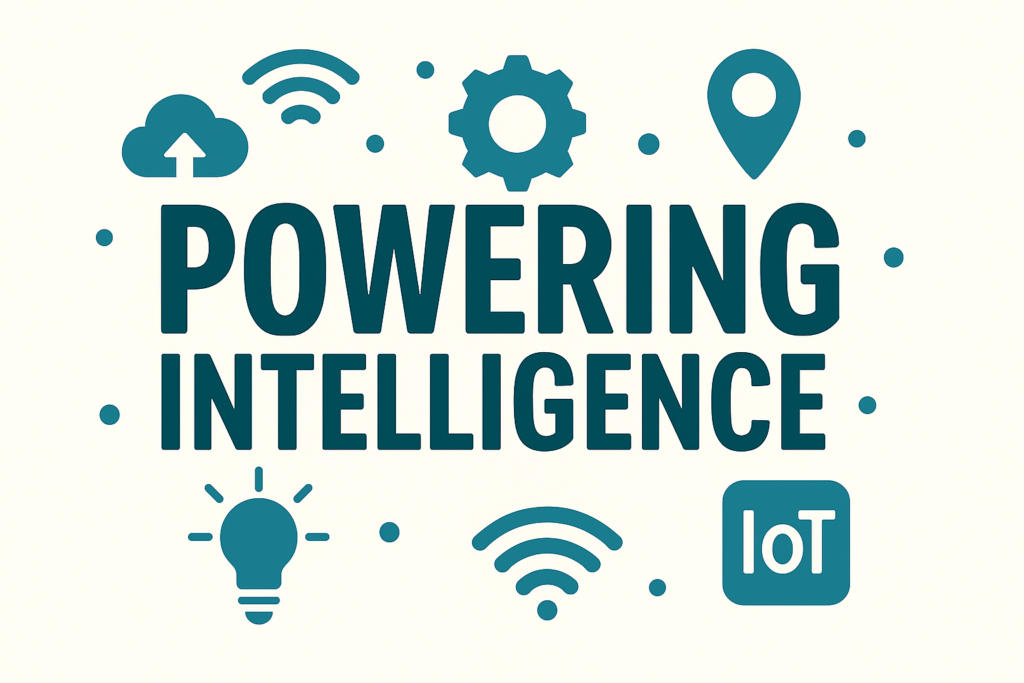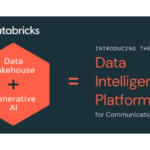As industries continue to embrace smart manufacturing and Industry 4.0, the role of connected machines and real-time data has never been more critical. At the heart of this transformation lies a fundamental yet powerful component: industrial motors. These workhorses drive everything from robotic arms to pumps and conveyors. But to harness their full potential and improve operational efficiency, industries must monitor their performance closely. This is where electrical sensors and meters play a pivotal role.
The Essential Devices: Current, Voltage Sensors & Energy Meters
1. Current Sensors / Transducers
Current sensors measure the flow of electric charge to or from a motor. There are different types:
- Current Transformers (CTs): Common for AC current measurement. They scale down high currents to measurable levels.
- Hall Effect Sensors: Used for both AC and DC. They sense magnetic fields caused by current flow.
- Rogowski Coils: Flexible coils ideal for high-current, large-diameter applications with minimal intrusion.
These devices are vital for monitoring motor load, identifying overcurrent conditions, and preventing potential burnout.
2. Voltage Sensors / Transducers
Voltage sensors monitor the potential difference across the motor’s terminals. Types include:
- Voltage Divider Circuits: Simplistic but useful for internal circuit monitoring.
- Isolation Voltage Transducers: Ensure safety by isolating the measurement system from high voltages.
Voltage fluctuations can be early indicators of equipment failure, insulation degradation, or unstable power supply.
3. Power and Energy Meters
These integrate voltage and current data to provide:
- Real-time power consumption (kW)
- Energy used over time (kWh)
- Power factor, harmonic distortion, and load profiles
Smart meters like Schneider iEM3000, Siemens PAC series, and Fluke energy loggers are widely deployed across shop floors to track motor efficiency and identify wastage.
Role in Industrial IoT (IIoT)
When integrated with IIoT platforms, these sensors become the eyes and ears of industrial intelligence:
- Real-Time Monitoring: Track machine health, energy usage, and performance.
- Predictive Maintenance: Identify anomalies (e.g., rising current or dropping voltage) before failures occur.
- Data-Driven Decisions: Analyze patterns across machines or shifts to optimize production.
- Energy Management: Reduce electricity bills by identifying peak usage and improving power factor.
Data from these sensors is collected via IIoT gateways and streamed to cloud platforms like AWS, Azure, or Snowflake for further analysis and visualization.
Industry Challenges in Deployment
Despite their advantages, implementing sensor-driven intelligence isn’t without hurdles:
- Legacy Equipment: Many factories still use decades-old motors without digital interfaces.
- High Installation Costs: Retrofitting sensors and meters on a large scale is capital intensive.
- Data Overload: Without a proper data strategy, companies can be overwhelmed by raw telemetry.
- Interoperability Issues: Ensuring sensors from different vendors work together is often a challenge.
- Cybersecurity Risks: Connected sensors can become attack vectors without proper safeguards.
Conclusion
Current, voltage sensors, and energy meters are not just diagnostic tools—they’re enablers of a smarter, safer, and more sustainable industrial future. As industries move toward intelligent operations, these devices form the foundation of an effective Industrial IoT ecosystem. By overcoming integration and cost challenges, manufacturers can unlock powerful insights, extend equipment life, and drive operational excellence.
Let the machines speak—and let their data lead the way.




